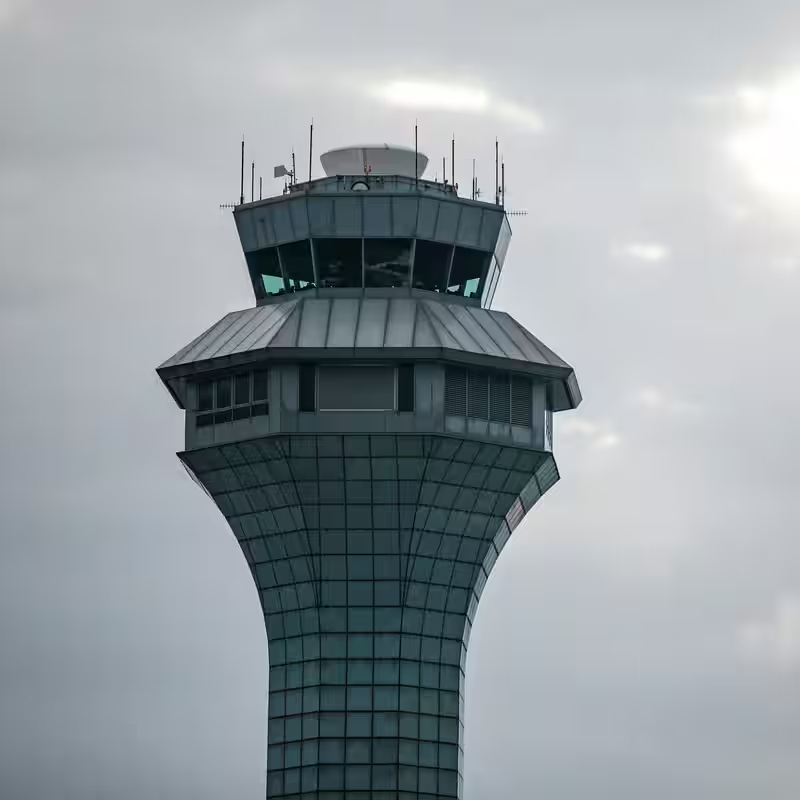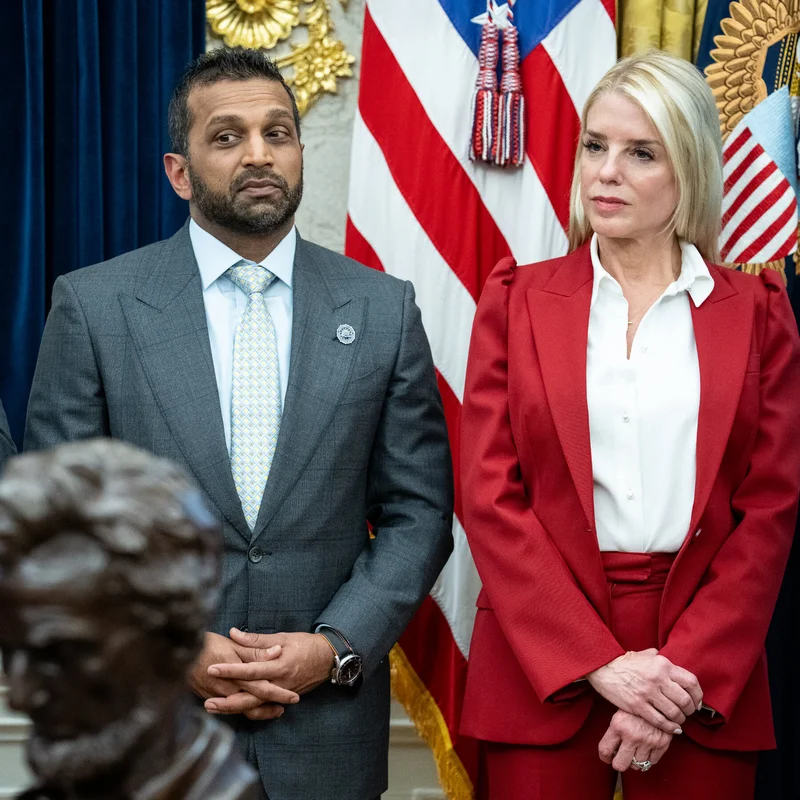Table of Contents
- Nationwide Disruptions Enter Day Two
- The Air Traffic Control Staffing Crisis, Explained
- Why the FAA Can’t Fill 3,000 Critical Roles
- What This Means for Your Travel Plans
- Long-Term Risks to U.S. Aviation Safety
- Sources
Nationwide Disruptions Enter Day Two
For the second consecutive day, travelers across the United States faced cascading flight delays and cancellations—not due to weather or mechanical issues, but because there simply aren’t enough air traffic controllers to keep the national airspace running smoothly.
Major hubs like Atlanta, Chicago O’Hare, and New York’s JFK reported over 40% of inbound flights delayed by more than two hours on Wednesday. The Federal Aviation Administration (FAA) confirmed the disruptions stem directly from a chronic shortage of certified controllers, now estimated at nearly 3,000 positions nationwide.
The Air Traffic Control Staffing Crisis, Explained
Air traffic controllers are the unsung guardians of the skies. Working in high-stress towers and radar centers, they manage the precise choreography that keeps thousands of aircraft safely separated at all times. But the pipeline to replace retiring controllers has stalled.
The FAA requires candidates to undergo up to two years of rigorous training—first at the FAA Academy in Oklahoma City, then years of on-the-job mentoring at a facility. Yet recruitment has lagged for over a decade due to:
- Stringent age limits (applicants must be under 31 unless they have prior experience)
- Low starting pay relative to the stress and responsibility
- Burnout from mandatory overtime and understaffed facilities
“We’re asking people to do a job that demands 100% focus, 100% of the time—with 70% of the team,” said Mark Gibson, a retired controller and union representative.
Why the FAA Can’t Fill 3,000 Critical Roles
The shortage isn’t new—but it’s reaching a breaking point. The FAA has struggled to retain trainees, with nearly half dropping out during the academy phase. Those who graduate often leave for better-paying jobs at private airports or overseas.
Compounding the issue: a wave of retirements. Many controllers hired during the post-9/11 hiring surge are now hitting the mandatory retirement age of 56. Without a robust recruitment strategy, the gap keeps widening.
“This isn’t a sudden crisis—it’s a slow-motion collapse we’ve been warning about since 2018,” said Sarah Lin, an aviation policy analyst at the Brookings Institution.
What This Means for Your Travel Plans
In the short term, expect more delays—especially during peak hours at busy airports. The FAA is implementing “traffic management initiatives” like ground stops and miles-in-trail spacing, which deliberately slow arrivals to match reduced controller capacity.
Travelers are advised to:
- Book early-morning flights (less congestion)
- Avoid major hubs if possible
- Allow extra buffer time for connections
- Monitor flight status in real time via FAA or airline apps
While safety hasn’t been compromised—controllers prioritize safety over efficiency—the system is operating with almost no margin for error.
Long-Term Risks to U.S. Aviation Safety
Experts warn that prolonged understaffing increases the risk of human error. In 2023, the National Transportation Safety Board (NTSB) flagged controller fatigue as a contributing factor in a near-miss incident at Reagan National Airport.
“You can’t automate judgment,” Lin noted. “Drones and AI won’t replace controllers anytime soon. We need humans in those towers.”
Proposed solutions include raising the hiring age limit, increasing starting salaries, and fast-tracking training—but none have gained traction in Congress, where aviation funding remains entangled in broader budget debates.
Until then, the skies may stay turbulent—not from storms, but from silence in the control room.




